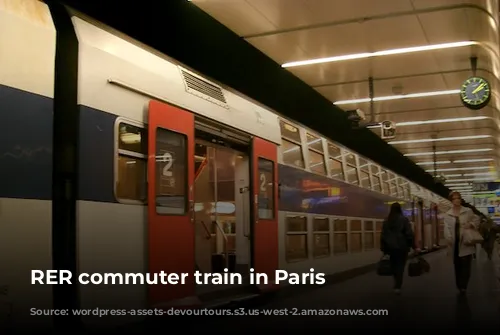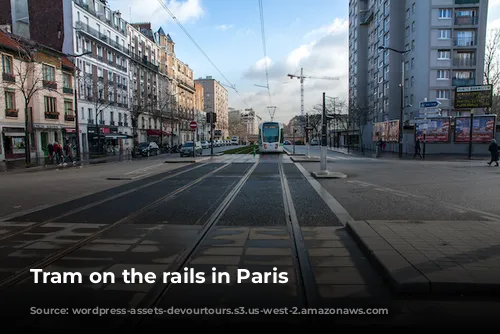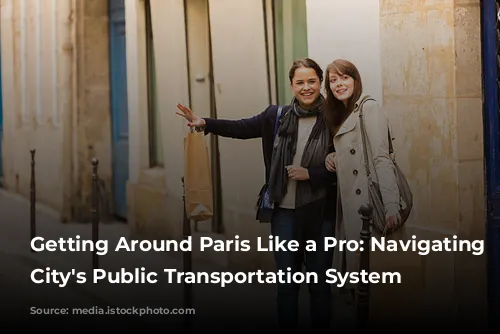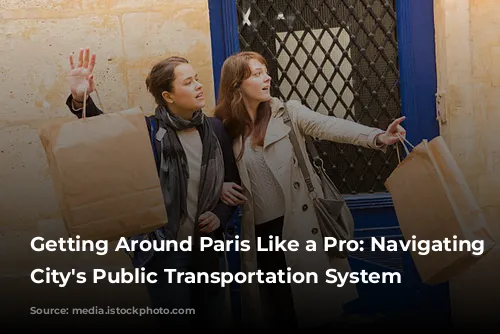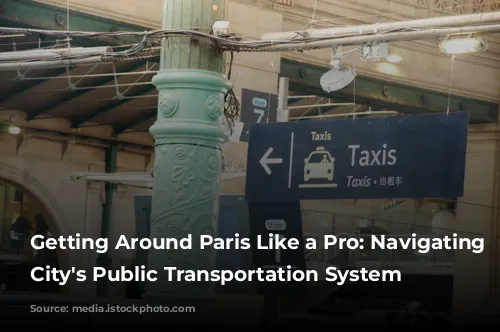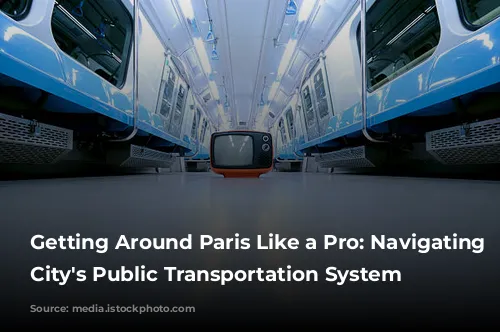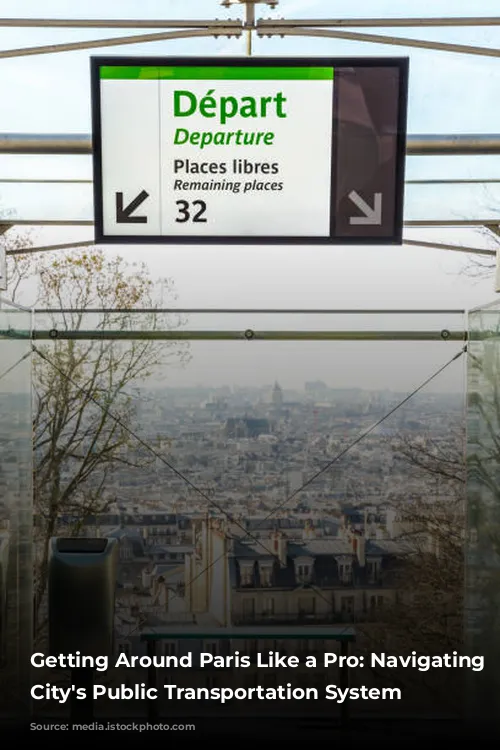Paris, with its captivating charm and iconic landmarks, is a city that begs to be explored. But navigating its labyrinthine streets can be daunting, especially for first-time visitors. Fear not, intrepid travelers! This guide will demystify Paris’s robust public transportation network, making your exploration seamless and stress-free.
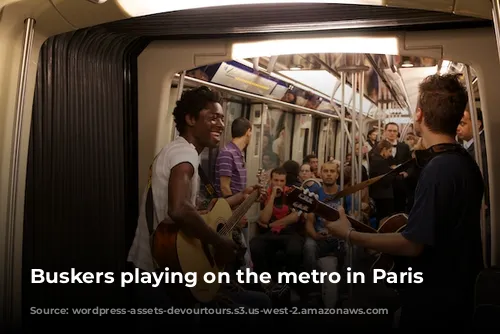
The Metro: Paris’s Underground Heartbeat
Paris boasts one of the world’s most extensive and efficient underground networks, the metro. With 301 stations, 16 lines, and 86 striking art deco entrances, it’s a marvel of urban engineering. Trains run frequently from 5:30 AM to 1 AM daily (and later on weekends), ensuring you can zip around the city quickly and effortlessly.
Tickets are easy to purchase from machines located in every station, with an English language option. Single-journey tickets (known as “t+” tickets) cost €1.90 each and allow you to travel on the metro, bus, tram, or RER train within the city limits. For frequent travelers, consider purchasing a book of 10 single-use tickets for a discounted price of €16.90.
Navigating the metro requires some finesse. Lines have distinct personalities, offering a unique experience. Line 4 is one of the oldest lines, Lines 1 and 9 are known for pickpockets, Line 13 is famously overcrowded, while Lines 2 and 6 are the most scenic, offering unexpected glimpses into Parisian life. Line 6 crosses the Seine, showcasing breathtaking views of the Eiffel Tower and often features buskers serenading passengers.
Remember, rush hour can be a challenge on any line. While most stations are within a 10-minute walk of each other, consider walking a stop or two to avoid a transfer – it’s often a more enjoyable way to experience the city. Transferring between lines can be time-consuming, particularly at stations with multiple converging lines.

Beyond the Underground: Buses and Bikes
Paris’s bus network complements the metro, providing easier accessibility for people with disabilities and offering a different perspective of the city. While generally less reliable than the metro, especially during rush hour, buses are a good option for sightseeing. The same ticket rules apply to the bus, and you must validate your ticket upon boarding. Bus route 69 is a must-try, offering a scenic journey from the Eiffel Tower, through the Louvre, to the Père Lachaise cemetery.
Cycling in Paris has become increasingly popular with the city’s focus on bike infrastructure. Wide bike lanes, separate traffic lights, and car-free zones make cycling a safe and enjoyable way to explore.
Vélib’, Paris’s iconic bike-sharing scheme, offers a cheap and convenient way to get around on two wheels. For €5, you can enjoy a day pass, or for €15, you have access to the service for a week. Rides under 30 minutes are free, except for electric bikes, which have a €1 fee per ride.

Tram: A Suburb-Focused Journey
The tram operates primarily on the outskirts of the city, providing a convenient mode of transport for those staying in the suburbs or visiting attractions like Paris’s open-air summer cinema or stadiums. Like the bus, you must validate your ticket upon boarding, but unlike the bus, you must purchase a ticket before entering the tram.
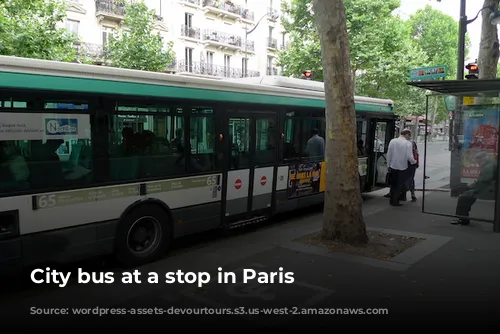
Stay Safe and Savvy: Pickpockets and Metro Etiquette
Paris, like any large city, has its share of petty crime. While it’s important to be vigilant, don’t let the fear of pickpockets deter you from enjoying the metro.
Pickpockets can be identified by their suspicious behavior, such as young girls with clipboards asking you to fill out fake questionnaires, individuals trying to resell metro tickets, or groups of girls boarding the metro together. Be aware of your surroundings and keep your belongings close.
Parisians are generally quiet on public transport. Follow the locals’ lead by keeping conversations low and your belongings hidden. Buskers on the metro are a welcome addition to the ambiance and are not associated with any scams. Feel free to tip them if you enjoy their music.
Accessibility can be a challenge, especially for those with luggage, disabilities, or strollers. Most stations require walking up and down steps. Offer your seat to elderly, pregnant, or disabled individuals, as others will do the same for you.
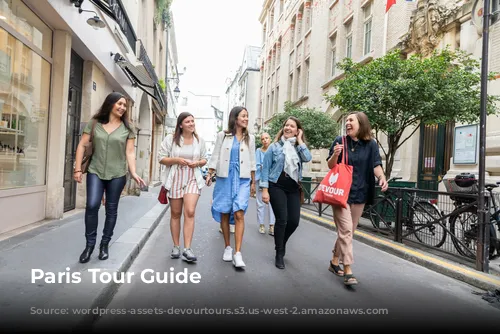
Beyond the City: The RER and National Trains
For those venturing beyond the city limits, the RER, a hybrid metro-train system, connects the Parisian suburbs to the city center. RER tickets are purchased at the same machines as other public transportation tickets, but your €1.90 t+ ticket will not be valid outside of the city limits.
Mainline stations, such as Gare du Nord and Gare Montparnasse, connect Paris to both local suburbs and regional trains from all over France. These stations are busy and require heightened vigilance for your belongings.
National and regional trains offer a quieter, more relaxing environment, with plenty of plugs and USB ports for charging devices. For traveling within France, rail is an excellent option. Remember to purchase tickets in advance to avoid inflated prices closer to the travel date.
Paris’s public transportation system offers a wealth of options for navigating the city. By understanding the basics of the metro, bus, tram, and bike-sharing systems, you can confidently explore the City of Lights, experiencing its vibrant energy and captivating sights.
